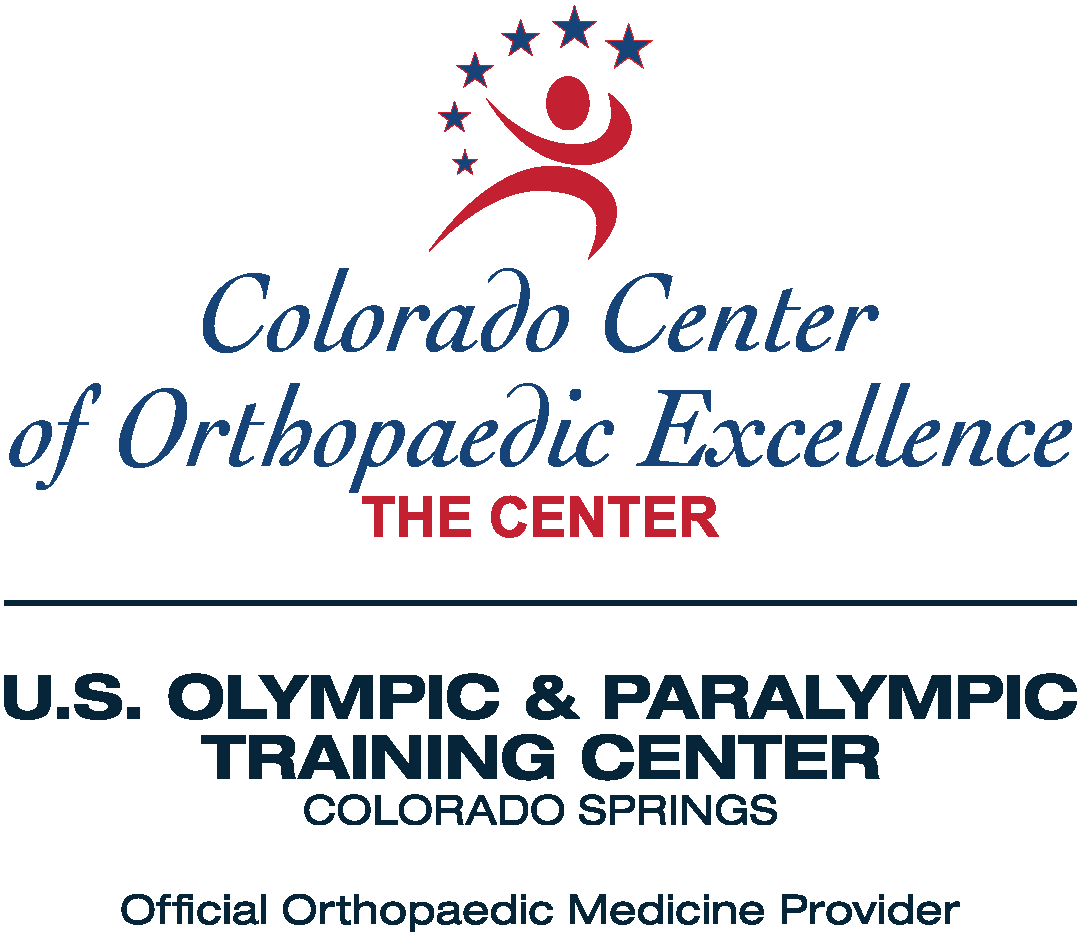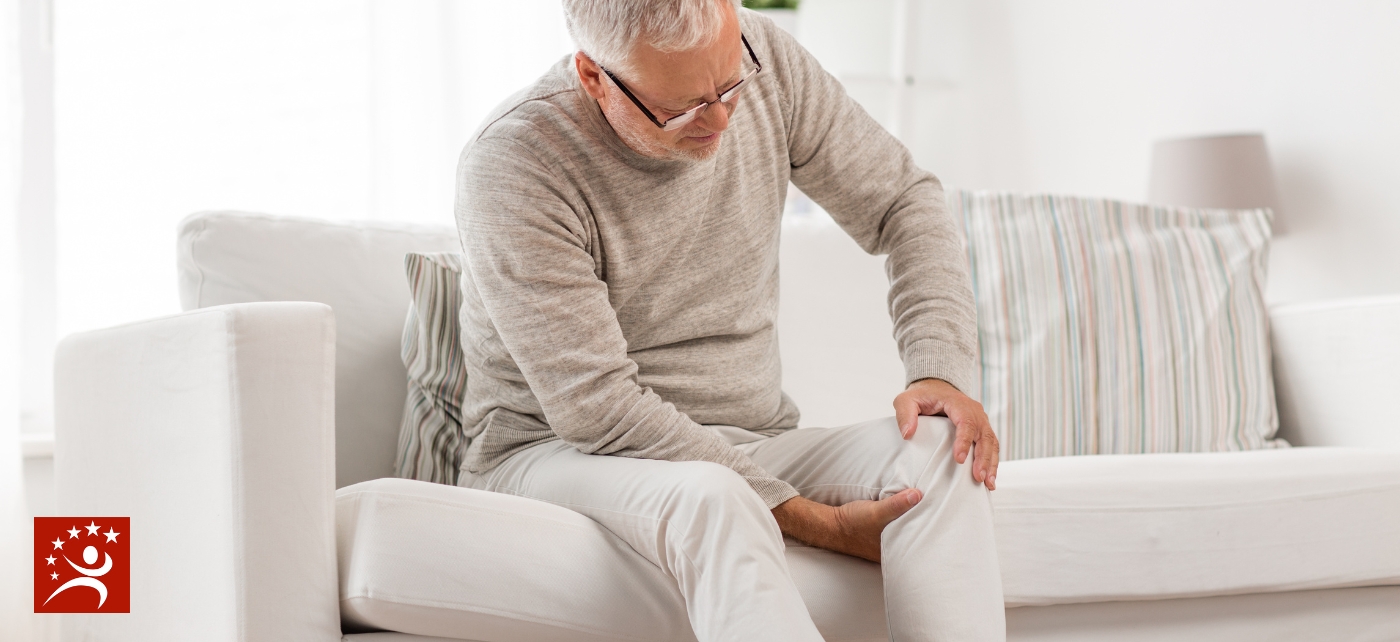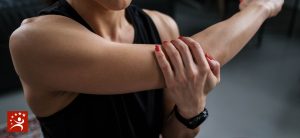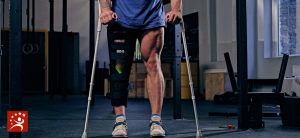Skiing is a great winter activity that not only serves as great exercise but is also a fun and exhilarating pastime. However, skiing can also be a trap for a variety of orthopedic accidents.
Let’s take a look at some of the most common skiing injuries and the resulting orthopedic conditions related to them.
Most Common Skiing Injuries
High-Speed Falls and Collisions – Skiing involves going down slopes at high speeds, which can make it difficult to slow down in the event of a fall or collision. This causes sudden and quick accidents to happen with a lot of force.
Overuse and Excessive Strain – Skiing involves using the muscles of the body’s core. When individuals are out of shape or do not have sufficient muscle control for skiing, it can cause muscle strain injuries due to overuse or too much pressure on the muscles.
Lack of Equipment Knowledge – Skiing involves the use of large skis that take time to get used to. When individuals don’t know how to maneuver skis and the rest of their equipment, it can cause accidents and injuries. Proper-fitting ski equipment is essential to safely participate in the sport.
Improper Preparation or Training – Because skiing is not as common a sport as basketball or soccer, a lot of accidents happen because individuals simply do not have the time to practice in order to sufficiently understand how to keep themselves safe while participating in the sport.
Common Orthopedic Conditions Related to Skiing
Knee and Ankle Sprains & Strains – Knee and ankle sprains and strains are the most common types of orthopedic injuries that occur when skiing. Skiing places heavy pressure on the lower body, especially at the knee and ankle joints. Sprains happen when the knee or ankle is bent too much in an odd position or after a bad fall that causes the joint to bend out of position. Because skiing involves high speeds, young children or adults who do not participate in the sport very often can easily get muscle strains from the activity.
Fractures – Another common orthopedic injury related to skiing is fracture. The most common places for fractures are at the wrist or in the leg. When a person falls with an arm outstretched, a fracture can easily happen at the wrist, elbow, or shoulder. Fractures in the legs are also common in collisions or bad falls while skiing.
Shoulder Dislocations – Another common skiing injury is a shoulder dislocation. Shoulders can become dislocated when they are bent in an unnatural way in an accident.
Back Injuries – Hurting the back, particularly the lower back, is common among skiers. Because skiing requires core strength, and can involve falls or collisions at high speeds, the back is commonly hurt in skiing accidents. Orthopedic conditions affecting the back can range from muscle soreness to disc displacements, depending on the severity of the skiing accident.
If you receive a ski injury or have a sports-related orthopedic issue, consider seeing the professionals at the Colorado Center of Orthopaedic Excellence. Their physicians have a wealth of experience treating a variety of conditions including all manner of sports-related injuries. Call (719) 623-1050 to make your appointment. You can also request an appointment online.
